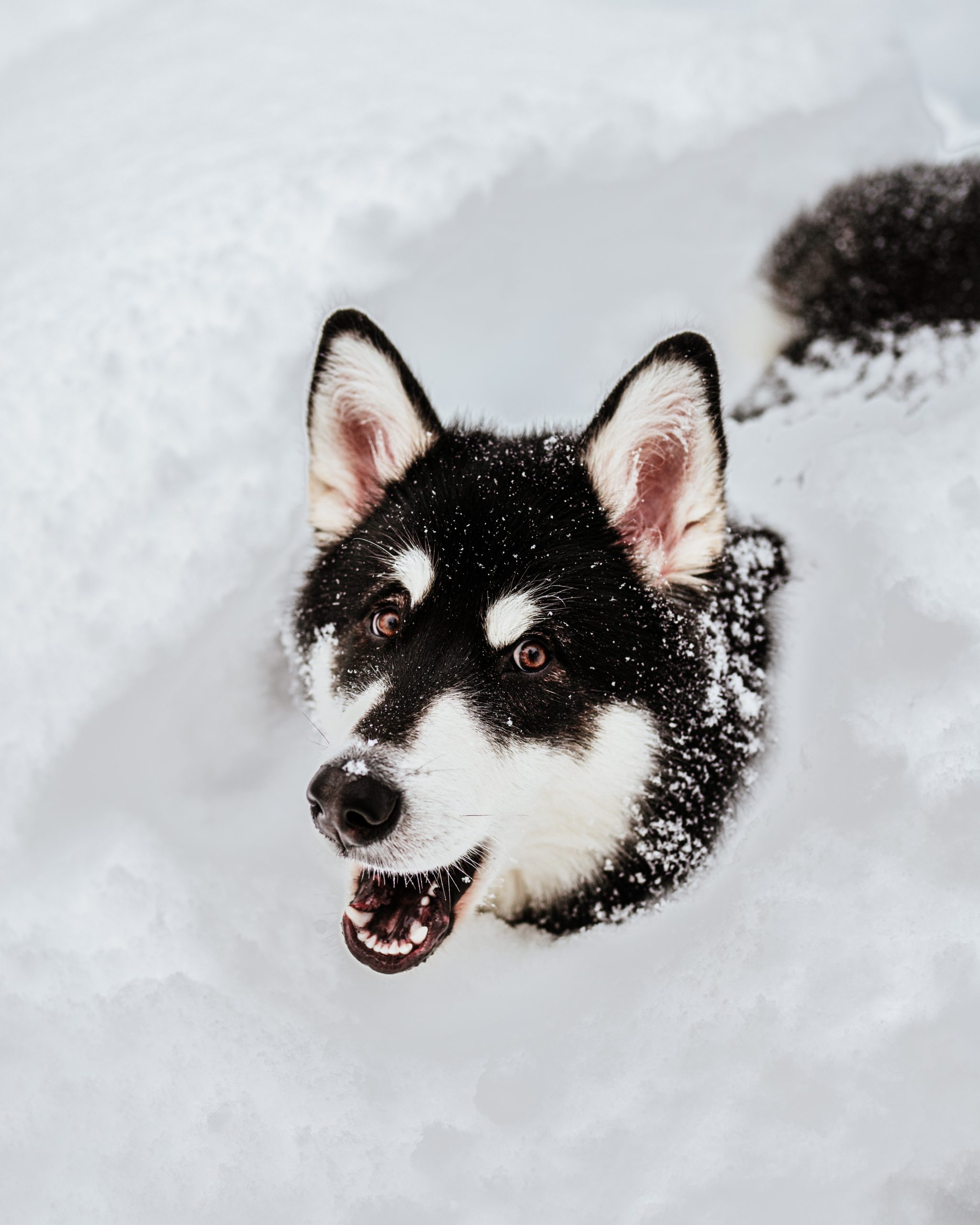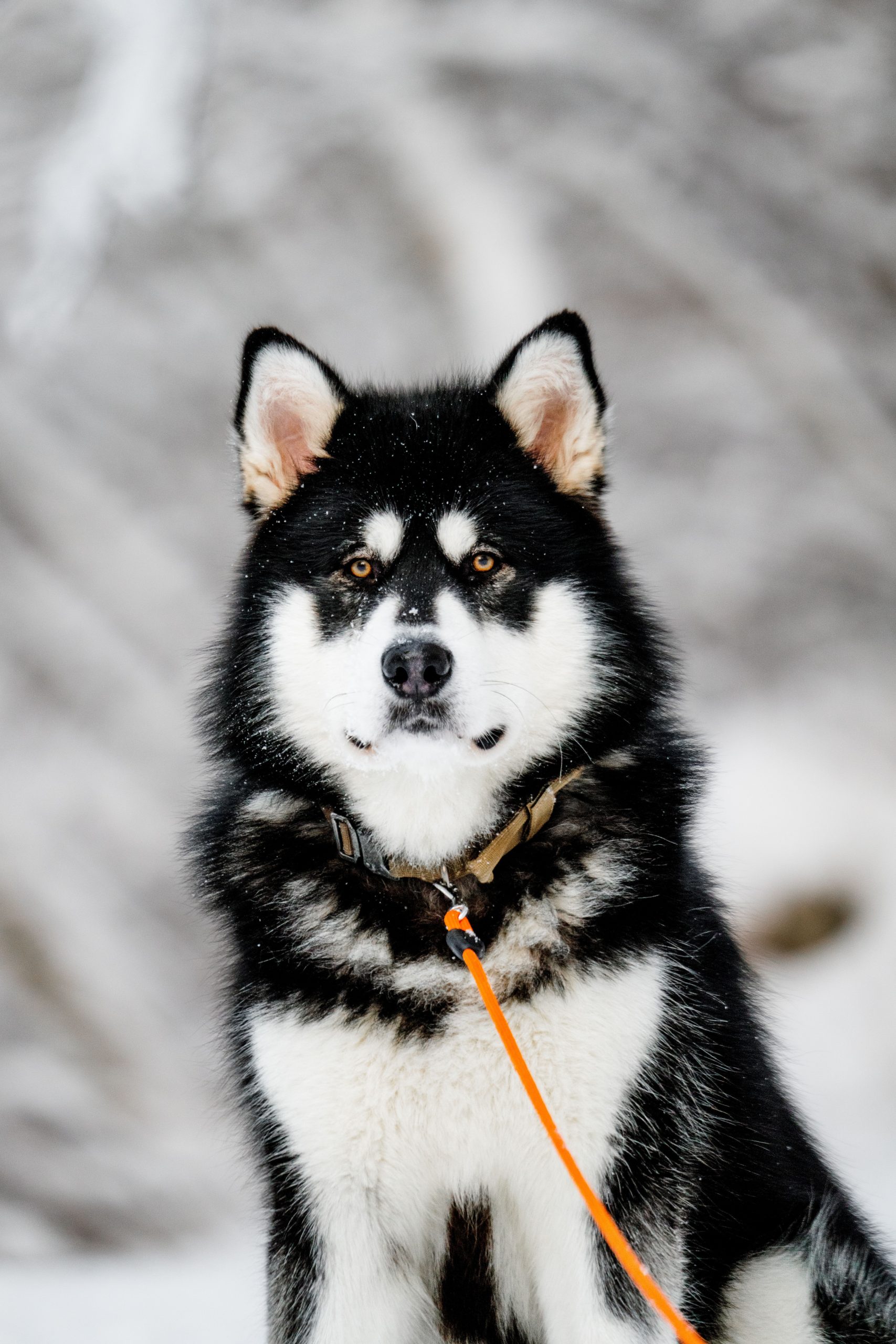The numerous native dogs that have inhabited Alaska for countless years are the ancestors of the Alaskan Klee Kai. In Alaska’s hard environment, many of these dogs not only made wonderful family pets but also played a vital role in indigenous communities and nomadic people’s survival. They were excellent sled pullers, hikers, hunters, trackers, and early warning systems for impending risks like wild animals or foes. The Alaskan Interior Village dogs are one of the biggest subgroups of indigenous canines that served as the foundation for the breed that came to be known as the Alaskan Husky.They produced a canine that was cheerful by temperament, intelligent, active, and hardworking.
Beginning in the early 1970s, Linda Spurlin and her family in Alaska began breeding these well-bred husky dogs to create the modern Alaskan Klee Kai breed. She developed a companion-sized version of the Alaska Husky with a very distinctive contrasting symmetrical facial mask and markings by carefully selecting the somewhat smaller dogs with the type/look she envisioned and meeting her high standards for health, structure, and temperament. She did this using a strict breeding program to select the dogs that met these criteria. Similar to their progenitors, Alaskan Klee Kais are versatile companion dogs for people of all ages who enjoy traveling, hiking, sports, entertainment, therapy, and service.




 Health
Health Grooming
Grooming Exercise
Exercise Training
Training Nutrition
Nutrition